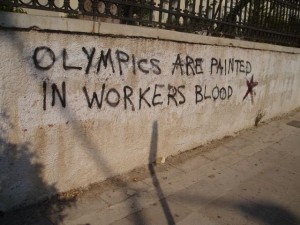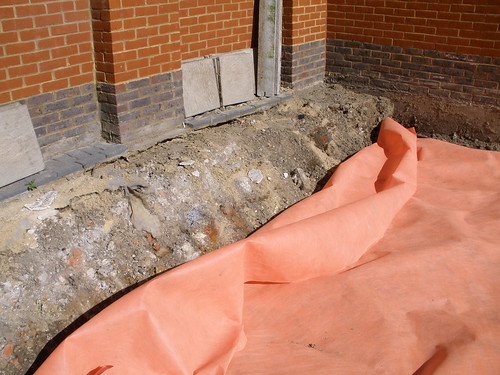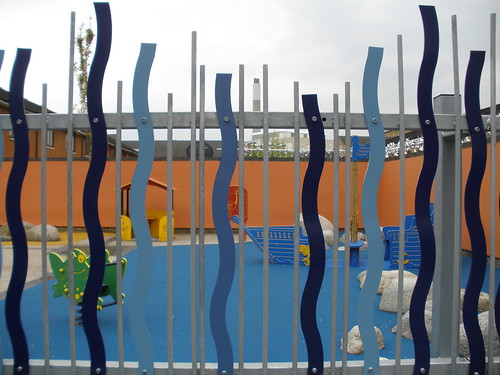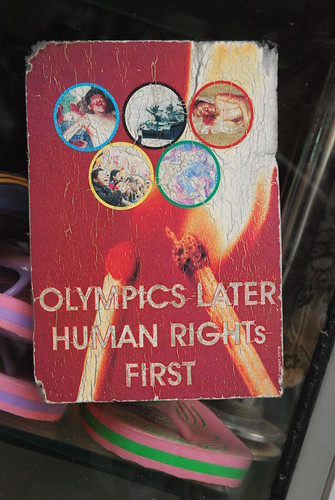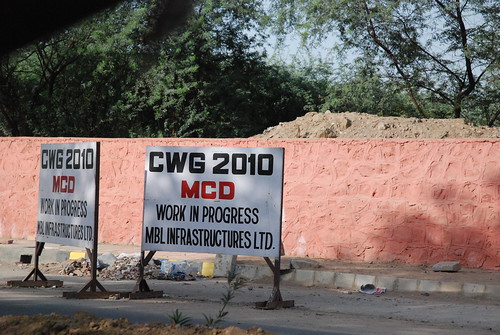India is due to host the 19th Commonwealth Games in 11 days. Instead of a continuation of the initial warm support lauded on the South-Asian country as it takes strides to rank itself amongst the political and economic world players, the tone has turned to one of reservation and, by the frankest commentators, criticism. Given the problems plaguing this autumn’s quadrennial sporting event, it is difficult to know which would be worse: the staging of a Games riddled with disgruntled athletes, dubious infrastructure and security concerns; or a cancellation altogether.
The fact that with less than two weeks to go participating teams are seriously considering not going and there is open talk of cancellation among various sporting authorities suggests that the Unthinkable is actually very thinkable. The unstoppable “inevitablility” of Mega-sporting events is a myth. A dangerous myth because in Delhi (as in Athens 2004) workers have been killed by the ruthless logic of its timetable.
Click London Olympics for more blogs
Or visit PlanA our general blog on urbanism, planning and architecture.
See our Olympics project pages for more information and videos.
Spectacle homepage
Befriend Spectacle.Docs on Facebook
Follow SpectacleMedia on Twitter


